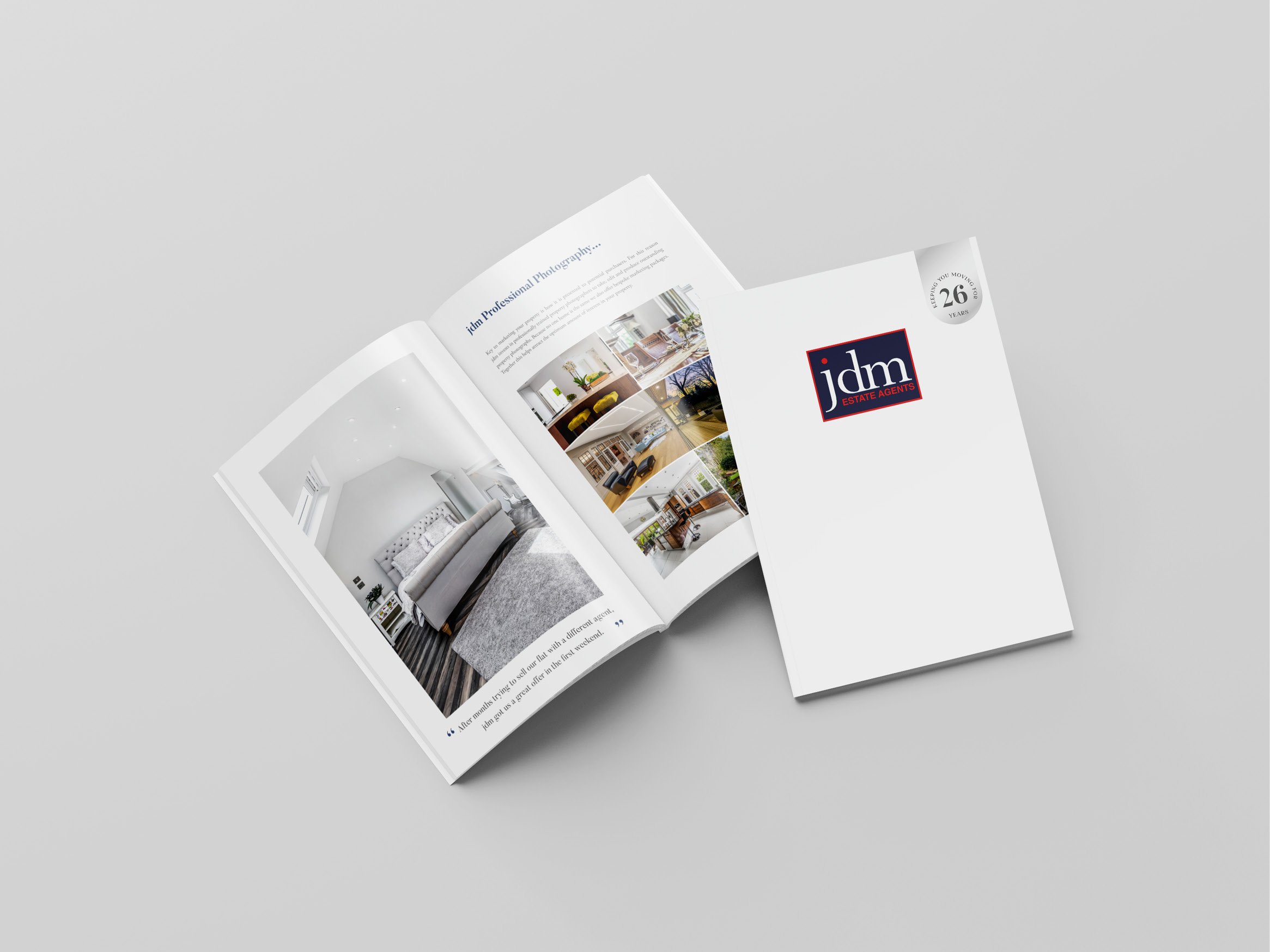Evolution of Print Design in the Digital Age
In today's rapidly evolving digital landscape, the art of print design is experiencing a transformative shift. With the integration of advanced digital technologies, the boundaries between traditional print and dynamic digital mediums are blurring, creating new opportunities and challenges for designers and businesses alike. As we embrace these changes, it's crucial to understand what print design means in the modern era and how it can still play a pivotal role in our communication strategies.
Print design has historically been about crafting tangible materials that convey specific messages through a combination of visuals and text. However, in 2024, print design is not just about creating physical artefacts; it's about how these designs can be enriched with digital elements to enhance their impact and reach. This synergy between digital advancements and traditional print techniques is leading to innovative creations that are more engaging, interactive, and capable of leaving a lasting impression on the audience.
The essence of print design in the digital age lies in its ability to merge time-honoured design principles with cutting-edge technology. The result is a hybrid form that leverages the best of both worlds, catering to the nostalgic appeal of physical media while harnessing the accessibility and versatility of digital formats. As we delve deeper into this fascinating evolution, we uncover the incredible potential print design holds for the future, promising a creative revolution that will redefine our visual and communicative landscapes.
Understanding the Fundamentals: What is Print Design in the Digital Age?
Print design, traditionally associated with physical mediums such as magazines, brochures, and billboards, has undergone a significant transformation with the advent of digital technology. Today, we seamlessly integrate digital elements into print media, creating a hybrid that leverages the tactile appeal of print and the dynamic capabilities of digital design. This blend enriches the user's experience by providing interactive elements that extend beyond the page, encouraging deeper engagement with the content.
In this hybrid landscape, print design does not exist in isolation but as part of a broader digital strategy. For instance, QR codes on posters that lead to online content, or augmented reality features in a printed catalog that brings products to life, are becoming standard. By acknowledging the strengths of both print and digital mediums, we are able to craft innovative designs that captivate and inspire audiences across all platforms. This approach not only enhances the aesthetic value of traditional print design but also substantially expands its functionality and reach in today's digital-driven world.
Key Innovations Driving the Evolution of Print Design
The evolution of print design is prominently driven by a few key technological innovations that have redefined how we approach this traditional craft. Firstly, augmented reality (AR) technology stands out by allowing us to overlay digital content onto physical print pieces, creating immersive, interactive experiences for users. This technology has transformed static print materials into dynamic pieces that can evolve over time, offer personalisation, and lead to increased engagement.
Secondly, advancements in print machinery and materials have made it possible to achieve greater precision and variety in physical prints. Digital printing technologies now offer vast improvements in speed and quality, while specialty inks and sustainable materials help us meet the environmental demands of modern consumers. These innovations not only enhance the visual impact and durability of print designs but also address the growing need for sustainability and efficiency in our processes.
Furthermore, the integration of data analytics into the print design process enables a more targeted approach. By analysing customer interactions and preferences, we can create print materials that are highly customised and more likely to convert. This data-driven approach ensures that our print designs are not only beautiful and functional but also strategically optimised for maximum impact in the real world.
Practical Tips for Integrating Digital Techniques into Print Projects
To successfully merge digital techniques into print projects, it's essential to consider key factors that ensure both media complement each other effectively. Initially, take time to plan the digital elements that can enhance the physical product. For example, consider adding QR codes or augmented reality features that can be scanned to reveal additional online content. This enhances the interactivity of the print media, offering users a deeper dive into the content which extends the engagement beyond the paper.
Next, focus on the design consistency across digital and print platforms to strengthen brand recognition and user experience. Use similar colour schemes, fonts, and layout styles. This unified design approach helps maintain a seamless brand aesthetic and message across all mediums. Regular testing of how digital additions work with the printed format is also crucial; before a full print run, prototypes should be produced to assess the interaction between digital elements and traditional print features, ensuring functionality and design quality.
The Future of Print Design: Trends and Predictions for 2025 and Beyond
Looking ahead, the future of print design is poised to become more innovative as it continues to integrate with digital technologies. For 2025 and beyond, we anticipate a surge in the use of smart inks and papers that change colour or texture in response to environmental stimuli, such as heat or light, adding a dynamic new layer to printed materials. This technological advance will not only increase engagement but will also open new avenues for creative expression and interactive advertising.
Another trend set to shape the future is the increasing demand for sustainability. This will drive further advancements in recyclable materials and eco-friendly printing practices. We are likely to see an upsurge in the usage of organic inks and sustainable papers that do not compromise print quality or durability. As consumer awareness and regulatory demands increase, adopting green practices will become a necessary norm in the industry, not just a niche market trend.
Conclusion
As we navigate these exciting developments, our mission remains focused on delivering cutting-edge print design that seamlessly integrates digital elements. By continuing to embrace these innovations, we ensure that our projects not only meet the current demands of the market but are also future-proof.
We are committed to pushing the boundaries of what can be achieved in print and digital design. If you're ready to explore how these new trends can benefit your brand, contact Absolute Creative Print today. Let's craft something extraordinary together.

